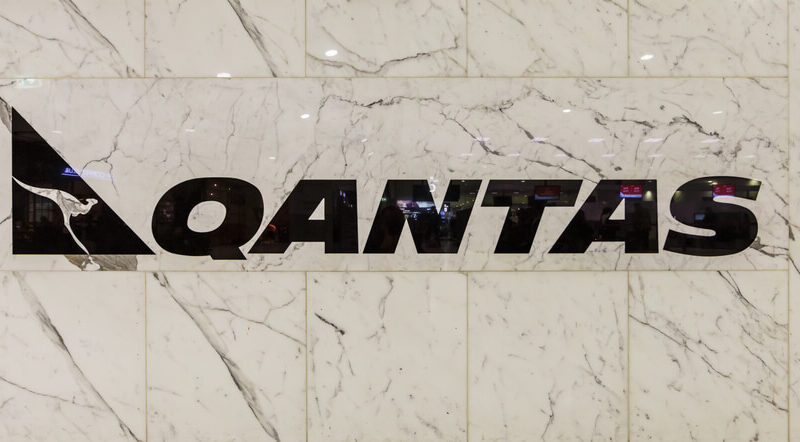While Qantas has announced its preliminary plans to fly Project Sunrise with the Airbus A350-1000, the airline has a few hurdles to clear before officially announcing the go-ahead for the ultra-long-range flights. The company provided a further update on the project, when it announced its FY2020 half-year results on February 20, 2020. While the results are “strong despite significant headwinds,” according to the airline’s presentation, the progress is moving forward regarding the direct connections between Sydney and two global megacities.
In December 2019, Qantas already announced that it chose the Airbus A350-1000 over Boeing’s newest wing-tip folding aircraft, the 777X to operate the flights. The Flying Roo, as the airline is nicknamed, indicated that it plans to order up to 12 of Airbus’ state-of-the-art aircraft. No order, as of yet, has been officially announced.
Despite not finalizing the order yet, the Australian airline stated that it had completed the cabin configuration that would carry passengers between Sydney and New York or London.
But the order is not the biggest hurdle the airline faces.
Negotiations with pilot unions
While Qantas is in the process of getting regulatory approval to operate the ultra-long-haul flights and is making “good progress” to get the green light from authorities, Australian & International Pilots Association (AIPA), the main pilot union in Australia, is hesitant to provide its own stamp of approval.
The company’s chief executive officer Alan Joyce believes that Project Sunrise is “critical for the future success of the business,” as it gives Qantas a unique value proposition that no airline can offer.
El Al, Israel’s national flag carrier, also announced its own ultra-long-range trials from Tel Aviv, Israel to Melbourne Australia in December 2019. Operating the Boeing 787 Dreamliner between the two cities, El Al will commence three test flights: two in April 2020 and one in May 2020.
Nevertheless, Qantas’ CEO has reiterated that “the business case has to work,” meaning getting the technical crew that would fly the aircraft operate in an efficient manner, possibly hinting that pilot wages are a very important part of that business case, including other costs. A fatigue management system also needs to be approved by the Australian Civil Aviation Safety Authority (CASA).
Negotiations, despite the fact that they are led by a former AIPA leader, were very slow: Joyce noted that for seven months no progress was made. However, since Qantas doubled-down on the decision to tentatively launch Project Sunrise and the airline indicated that there are alternative ways to do it, Joyce stated that “we have made more progress than in the last seven months.”
The first three options of acquiring flight crews to operate the ultra-long-haul routes is to reach a deal with Qantas’ own pilots. However, the airline’s CEO threw out a curveball towards AIPA when answering questions from the press. Apparently, expat Australian pilots, who were laid off from Chinese and other Asian airlines due to the coronavirus outbreak and subsequent capacity cuts., are willing to work with Qantas and operate Project Sunrise flights. They have volunteered to set up a company to fly the yet-to-be-finalized aircraft type, with “hundreds of captains” willing to do so.
The company plans to announce its final decision at the end of March 2020. If Project Sunrise is a go, the flights would commence in 2023.

